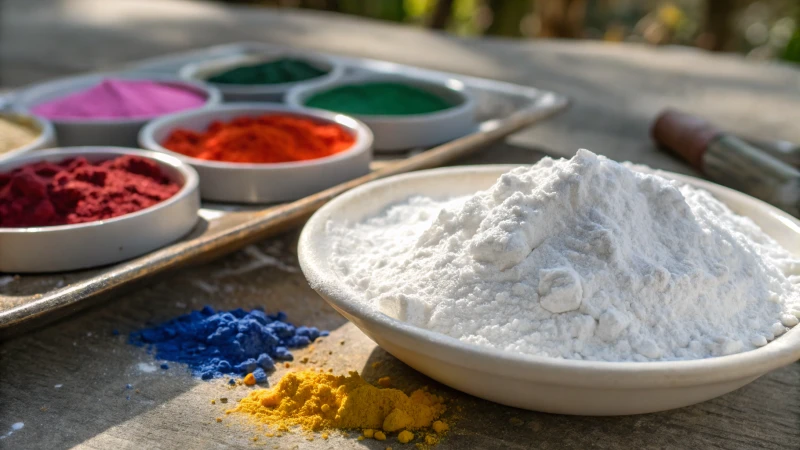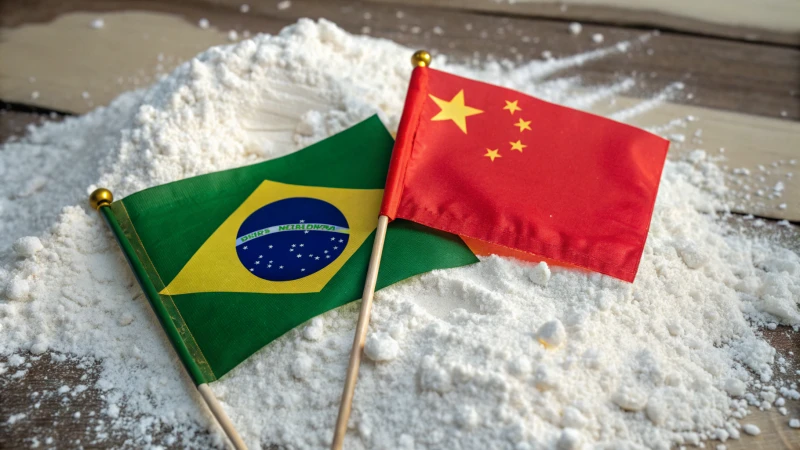
Titanium dioxide (TiO₂) is a versatile pigment known for its bright whiteness and excellent mixing capabilities. It enhances the brightness and opacity of other pigments, crucial in industries such as paints, cosmetics, and plastics. By blending TiO₂ with various pigments, manufacturers can achieve vibrant colors while reducing material costs and improving product durability. Innovations like nano-coating have further optimized TiO₂’s mixing properties, ensuring uniform color distribution and stability across applications. This adaptability not only meets industry demands but also promotes sustainability by minimizing waste. Understanding how TiO₂ interacts with other pigments opens up new possibilities for product development across multiple sectors.









